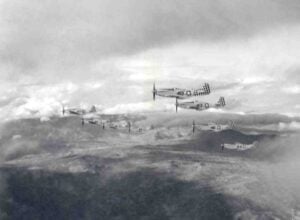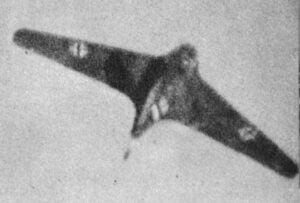That Time Engineers Replaced the B-24’s Bomb Bay Doors with Roller Doors
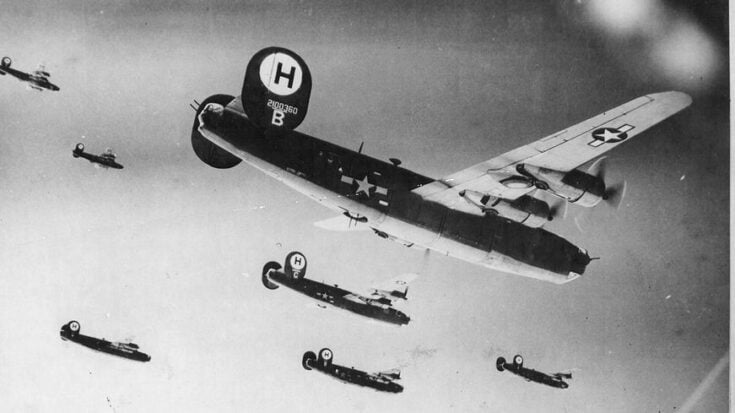
YouTube / Airvex
At 25,000 feet over Germany, every fraction of speed could mean the difference between survival and destruction. For American bomber crews flying the Consolidated B-24 Liberator, the traditional clamshell-style bomb bay doors were slowing them down at the worst possible moment. When opened, the large panels created significant drag, forcing bombers to drop speed and lose formation. German fighters quickly learned to exploit this weakness.

A Radical Redesign
Engineers at Consolidated Aircraft decided to abandon convention entirely. Instead of side-hinged panels swinging into the airstream, they developed a completely new concept: four metal roller-type bomb bay doors that retracted upward into curved tracks inside the fuselage. The design worked much like the slats of a roll-top desk, with narrow metal panels sliding smoothly into hidden tracks.
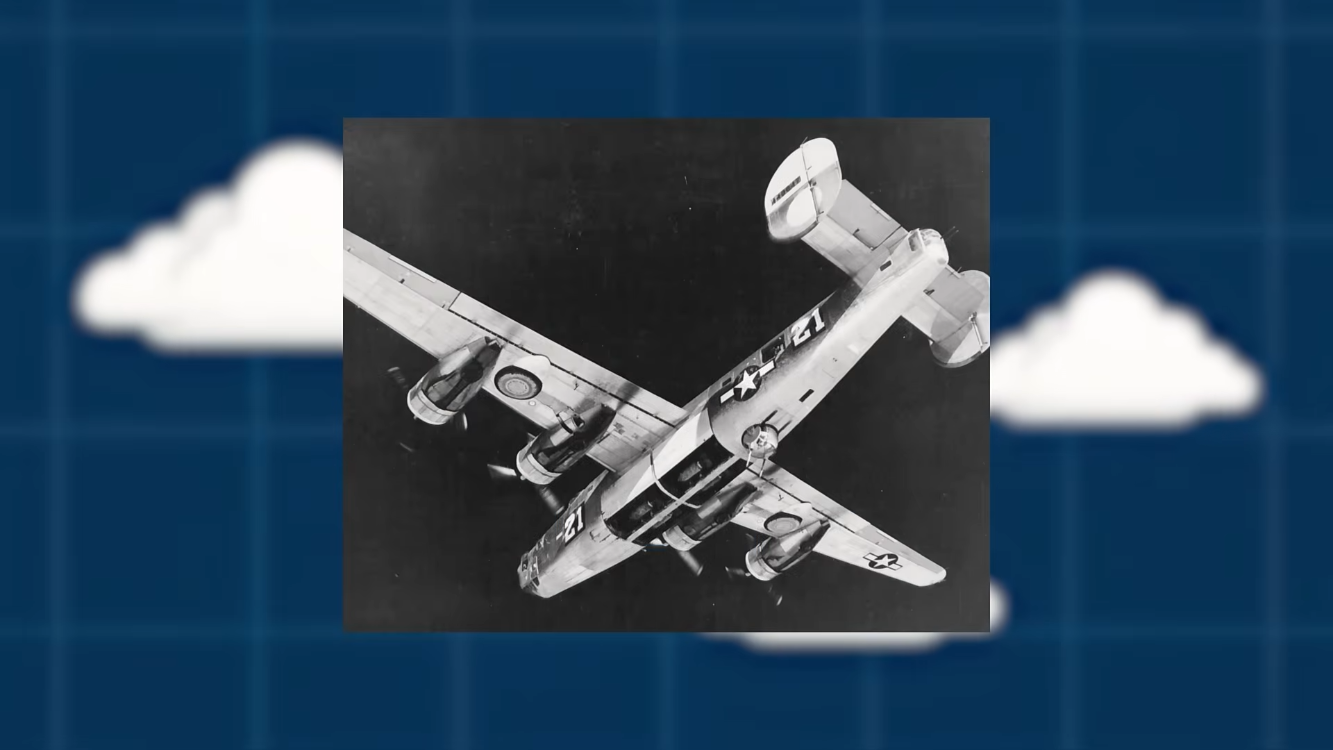
This innovation eliminated the drag that had plagued earlier bombers. Wind tunnel testing confirmed what the crews soon experienced firsthand: the B-24 could now maintain its top speed of about 313 miles per hour even with its bomb bays open. This improvement directly increased survival rates during missions deep inside enemy territory.
A Breakthrough with Risks
The roller door system, however, came with challenges. The intricate track mechanism proved sensitive to damage. Sand, metal fragments, or shrapnel could jam the doors, leaving the bomb bays stuck open or closed during combat. Maintenance crews often had to inspect and clean the tracks meticulously before each mission to keep the mechanism reliable.

The narrow catwalk running through the bomb bay (just ten inches wide) made it difficult for crew members to move between the front and rear sections during emergencies. Several men lost their lives attempting to cross it in flight.
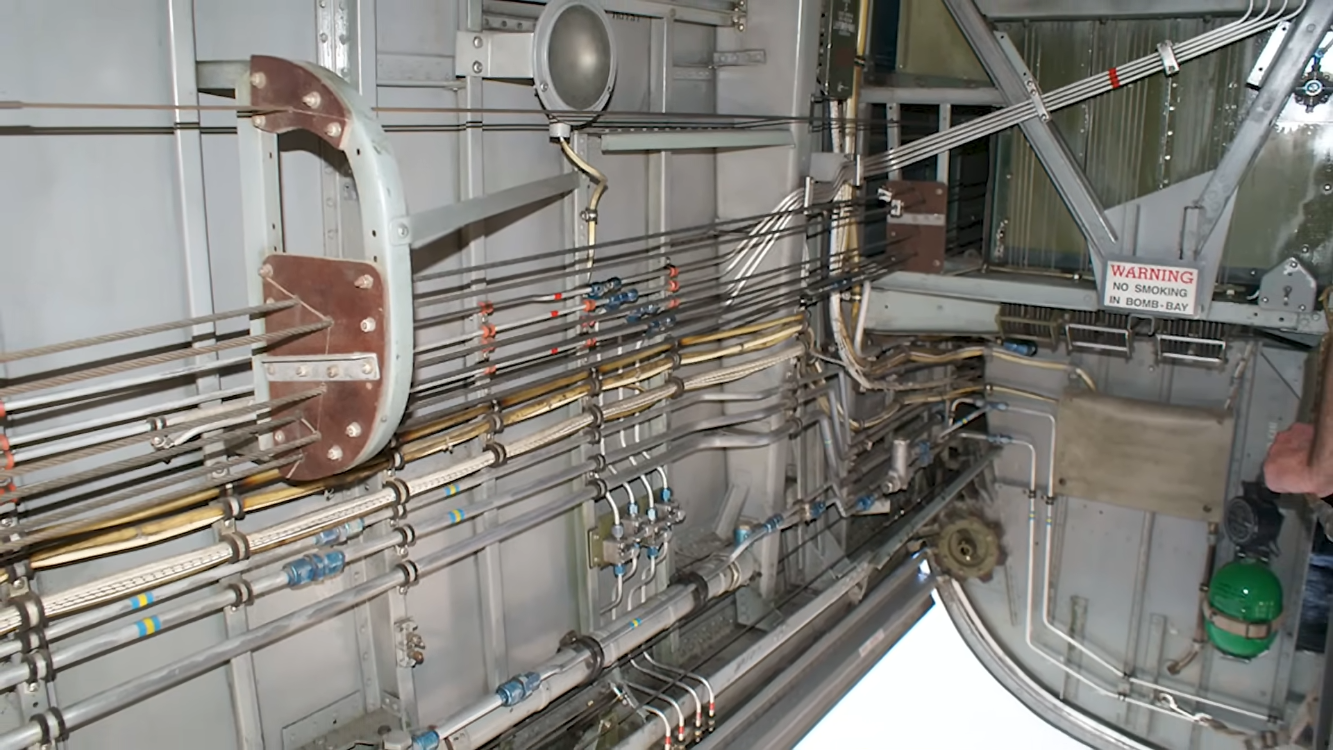
Despite its fragility, the aerodynamic benefits were undeniable. The Liberator’s smooth underside created a clean airflow, reducing its vulnerability to German interceptors. Even Luftwaffe pilots noted in intelligence reports that the B-24’s profile was harder to hit compared to bulkier bombers like the B-17.














